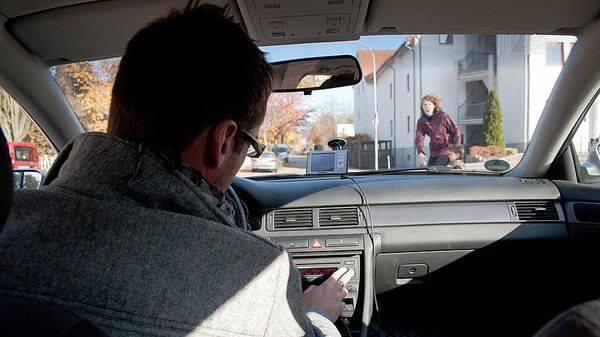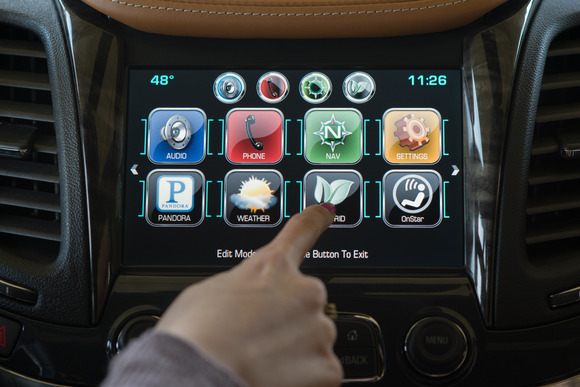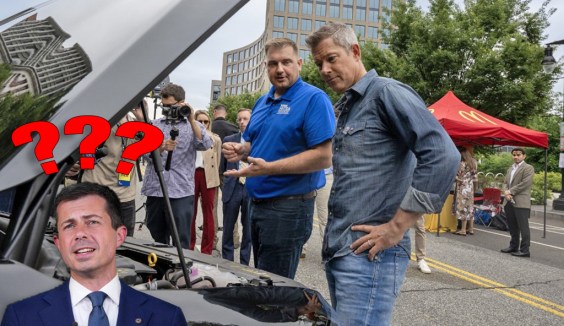
Transportation Secretary Ray LaHood's signature issue has been distracted driving. He's spent the last four years amplifying the heartbreaking voices of those who have suffered the consequences of this highly dangerous habit. The stories of the needless loss of so many people, especially children and teens, are tragic.
Clearly, it's time to take decisive action to stop distracted driving.
But apparently it's not clear to everyone. Automakers have only upped the distraction ante, putting touch screens in their cars with more and more features -- GPS, fuel efficiency monitoring, audio and climate controls, limitless apps, and finally, social media. How did we ever live without making dinner reservations or updating our Facebook status while driving?
And how do our anti-distraction heroes at U.S. DOT respond? The National Highway Traffic Safety Administration is issuing a short list of voluntary guidelines they're asking carmakers to adopt, to discourage "the introduction of excessively distracting devices in vehicles."

In LaHood's words, they include:
- Limiting -- to 2 seconds at a time and 12 seconds total -- the time drivers must take their eyes off the road to operate in-car technology;
- Disabling texting, social media, and web browsing features unless a vehicle is stopped and in park; and
- Disabling video-based calling and conferencing unless a vehicle is stopped and in park.
According to Distraction.gov, a project of U.S. DOT, the 4.6 seconds it takes to send or read a text message is long enough to drive the length of entire football field at 55 mph, and looking at your phone is like driving that football field blindfolded. "It's extraordinarily dangerous," the website says. But NHTSA's two second rule still accepts the idea of drivers speeding down almost half a football field blindfolded.
These guidelines only apply to onboard devices, of course, since automakers have no control over your cell phone.
LaHood says he "hopes" the automakers will join him in embracing the voluntary guidelines, which are based on a NHTSA study [PDF] that found that talking on the phone -- whether handheld, hands-free or on-board -- didn't make driving more dangerous, unless drivers were also doing "visual-manual" tasks like texting or pretty much anything else we do with our phones. Even then, it singled out handhelds as more dangerous than the others.
That contradicts research by the National Safety Council that found that "driving while using hands-free cell phones is risky behavior." The Council concluded that the multitasking required to use a cell phone takes attention away from the road, causing drivers to "'look at' but not 'see' up to 50 percent of the information in their driving environment." They call it "inattention blindness."
It also contradicts a 2011 recommendation by the National Transportation Safety Board that all states ban cell phone use, even on hands-free devices, while driving. NTSB agreed with Focus Driven, a DOT-supported organization that says, “Studies show hands-free devices provide no safety benefit.” Meanwhile, Carnegie Mellon researchers found that people talking on the phone drive the way people drive when they’re drunk.
In his blog post, LaHood says he believes automakers “will ultimately adopt these guidelines” that only begin to address the dangers posed by distracted driving. Since DOT has chosen to recommend, rather than regulate, we should all hope he's right.





